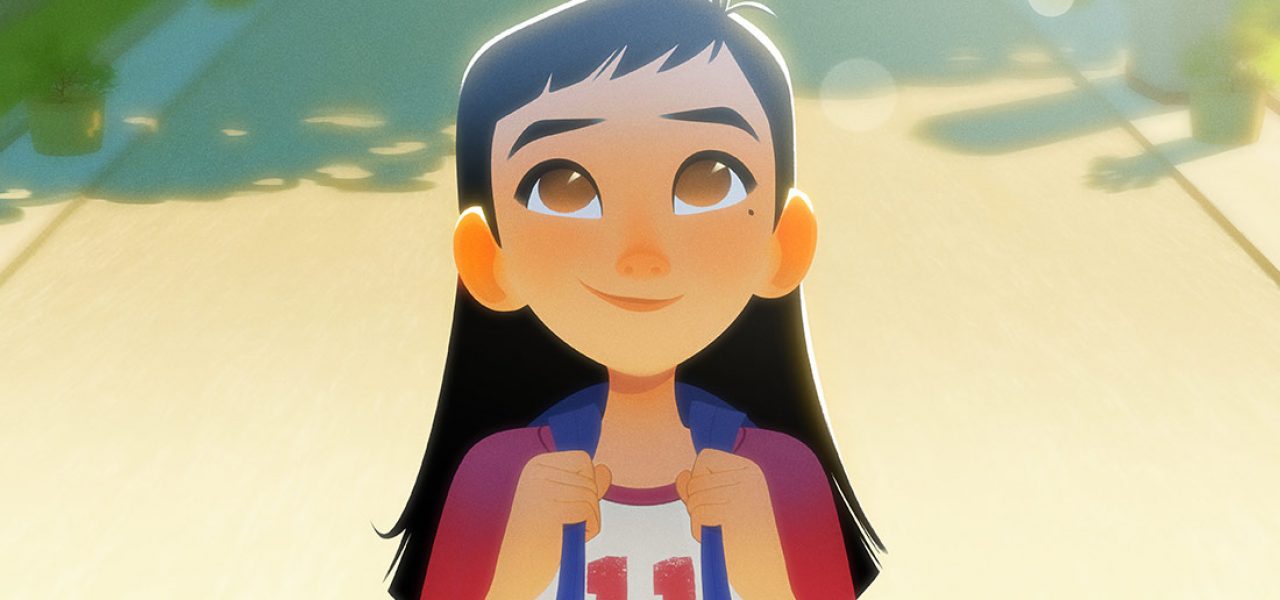

From Burbank To Wuhan: Making ‘One Small Step’ Was A Big Global Collaboration For Taiko Studios
For over two years, animator Shaofu Zhang worked on some of the most successful and lucrative animated films of all time at Walt Disney Animation Studios.
Among his credits are Big Hero 6, Moana, and Zootopia—three of Disney’s top four domestic grossing animated features of the modern era. In December 2016, however, Zhang abandoned the security and comfort provided to him by the major studio to strike out on his own.
This past year saw the founding of Zhang’s brainchild Taiko Studios, named for the word taikonaut, a term that draws on the Mandarin word for ‘space’ (tàikōng) and is used chiefly by English-language media to refer to Chinese astronauts. Appropriately, the studio’s flagship short film, One Small Step, which will premiere this Saturday at Gallery Nucleus in Alhambra, California, follows the story of Luna, a Chinese-American girl who dreams of traveling to the moon.

Zhang enticed several colleagues from Disney to join him at his new studio in Burbank, just a few minutes’ drive from their old stomping grounds. Andrew Chesworth and Bobby Pontillas, both animators who had worked on hits such as Moana, Zootopia, and Frozen, came on board as head of development and art director respectively, and immediately hopped on One Small Step as co-directors. Chesworth, who started at Disney in 2011, says he felt it was the right time to go.
“We showed up at Disney and worked on nothing but hit films in a very small window of time. Other people who were at Disney for 20 years were like, ‘I’ve been waiting 10 years to work on a film this successful or this beloved,’” says Chesworth. “We scratched a lot of itches very quickly. We got a lifetime’s fill in five years.”
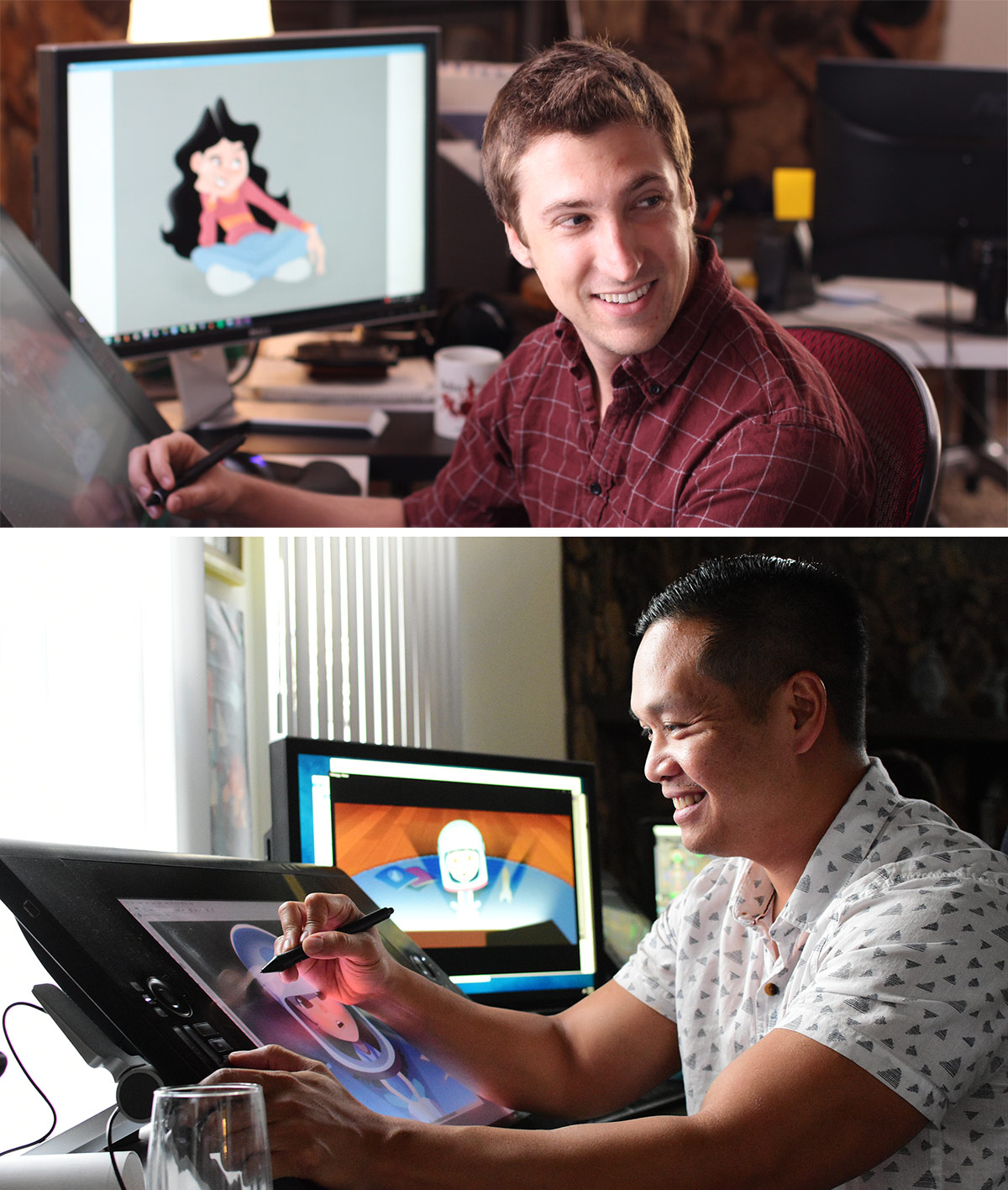
Zhang envisioned Taiko as a truly international studio that would produce animated films capable of bridging cultural gaps and that, more specifically, would embody both American and Chinese values. Collaborating with an already established Chinese studio wouldn’t be enough; Zhang wanted to create an intercontinental studio with locations both in the States and China.
And create it he did. Taiko’s Chinese studio in Wuhan, roughly midway between Beijing and Hong Kong, now consists of a team of 12 and is headed up by animation lead Erik Lee, a friend of Zhang’s from the Academy of Art in San Francisco. Lee had worked at a startup in the past and loved the atmosphere, so when Zhang called him up, he jumped at the chance to work in a more intimate setting again.
In order to facilitate both the successful production of One Small Step and the grounding of Taiko, Zhang himself relocated once a month starting in January 2017, traveling back and forth between Burbank and Wuhan. The majority of production on the short was done in Wuhan, while direction was largely handled by the Burbank team, and Zhang was determined that the international coworkers operate seamlessly as one team.
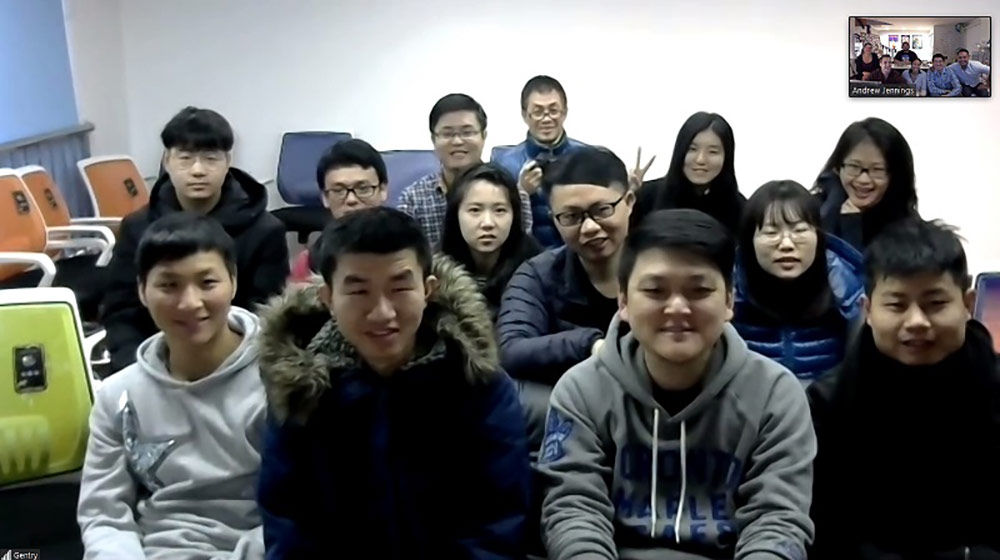
In order to achieve this, the Burbank crew would end nearly every day with a video conference with their Wuhan fellows just as they were getting to the office at 9 in the morning their time.
Chesworth says the 15-hour time difference was actually rather convenient. “The nice thing about that is that both sides don’t have an interrupted workday. We show up and see their feedback; they show up and see our feedback. So the day always starts with new information, versus both sides kind of grinding to a halt in the middle of the day and going over everything.”
Still, there were some communication breakdowns, due primarily to the obvious language barrier. While Zhang and Lee speak both English and Mandarin fluently, the same could not be said for most of their colleagues in Wuhan and Burbank. The teams made use of translators, but also frequently resorted to good old-fashioned pantomime and, logically, drawing.
“It made us give better notes, frankly,” says Chesworth, again seeing the silver lining. “Because you would prioritize the clearest way to communicate or deliver that idea, and you had to pick your battles wisely because you knew there was effort involved in communicating it.”
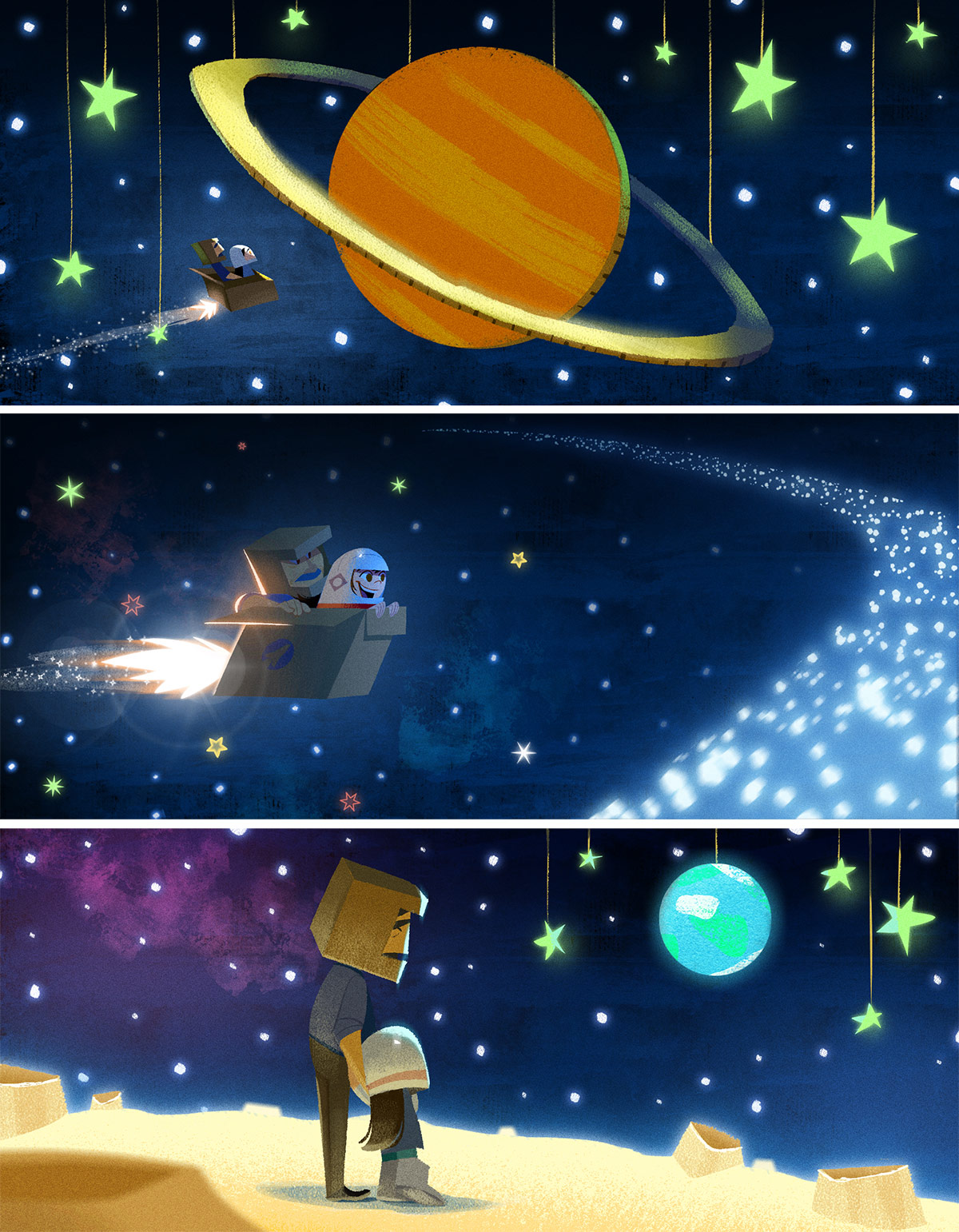
Taiko’s head of pipeline Andrew Taylor Jennings, also a Disney alum, says that connectivity was another major issue. He flew to Wuhan to attempt to mirror the set-up of Burbank’s server, to make sure the two were synced. When they later ran into problems with Chinese internet restrictions and the use of virtual private networks (VPN), Jennings would troubleshoot over video chat with his very patient Wuhan associates.
“When you’re a startup and you’re small, a lot of the solutions to those [technology problems are], unfortunately, buying bigger equipment or better equipment or paying someone to give you a secret connection over there [in China],” he says. “It’s been fun.”
Organization was also key, according to Burbank production coordinator Brandie Braxton. Since the two teams slept at opposite times, the video conference review meetings were recorded so that production in Wuhan could refer back in the event of a question, without having to wait a full day for the answer.
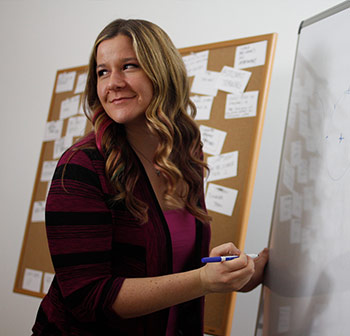
Logistics aside, cg supervisor and character rigger Joy Johnson says excitement pervaded at every step of the collaboration, and that everyone was learning from one another constantly. “They would show us the moon festival, and we would show them pumpkin spice lattes,” she jokes.
“We’ve had animators, or lighters, or modelers [in Wuhan] who had an idea that came completely from them, that wasn’t in the storyboards, that wasn’t in the script, that wasn’t talked about at all,” says Braxton. “We are forming and shaping how the film is generally going to go, but a lot of the details and a lot of the creativity has come from the other side, too.”
For co-director Pontillas, working with the Wuhan animators gave him perspective on how to make the short itself more accessible to a wider, international audience. “The biggest thing for me is learning how to communicate impactfully with a different culture,” he says. “How do I communicate with them in a way that will resonate with them?”
Zhang sees the situation in a slightly different light. “The big thing that surprised me was how little difference there actually is. That there’s so much more that’s in common,” he says. “I think that there’s a misconception, or maybe a preconception, that Chinese culture is so different from American culture, but it’s really not. There’s a universality to the lives that we lead, and that translates and resonates into the stories that we’re trying to tell.”
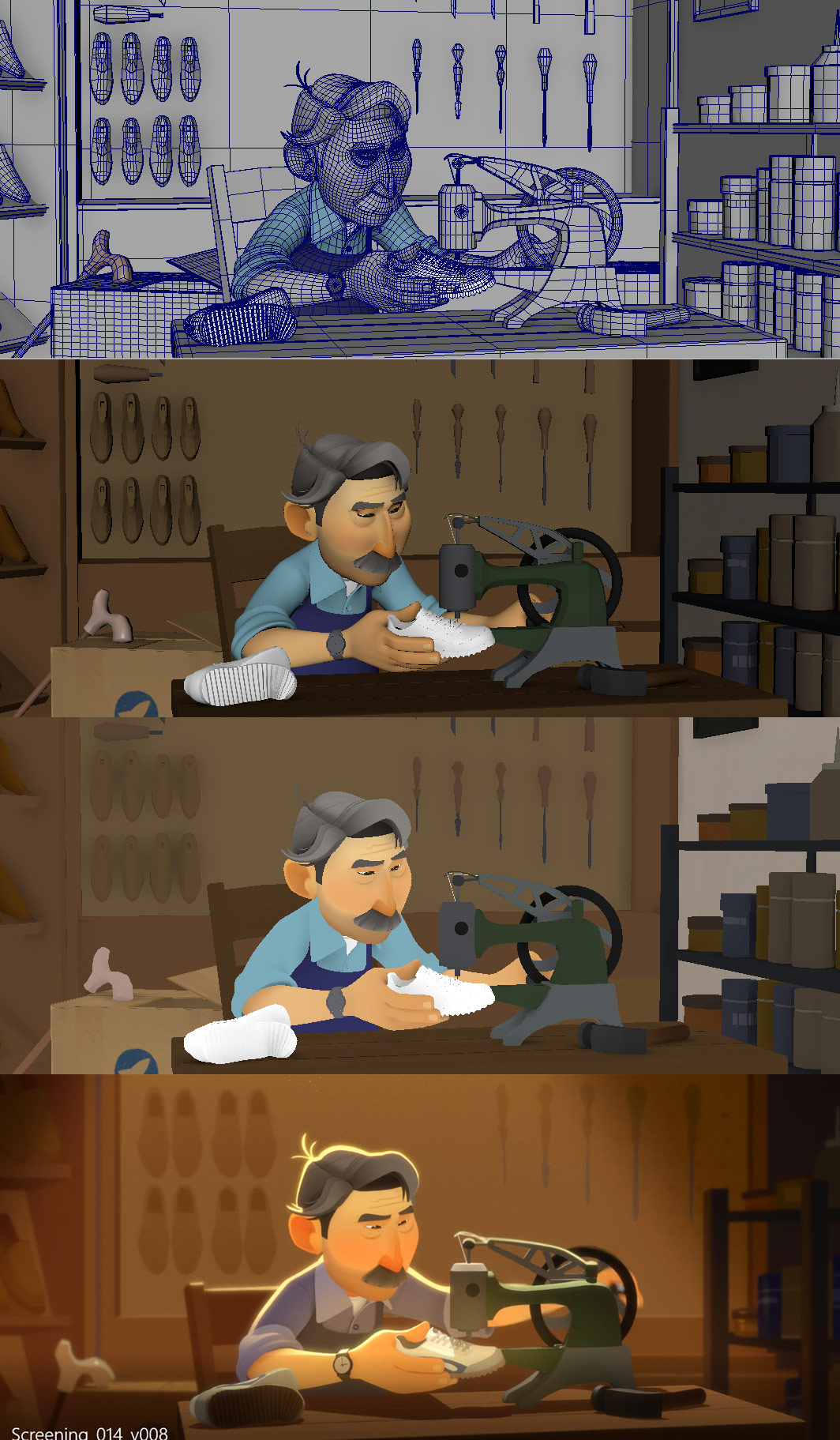
There seem to be a lot of projects bubbling just under Taiko’s surface, but Zhang and the rest are keeping their future plans under wraps for now. Zhang is just one month into submitting One Small Step to festivals, and he says it’s already a full-time job. As far as distribution goes, he seems eager to explore the film’s prospects in China.
“It’s a bit more of a Wild West situation out here [in China], where there aren’t fully established players that have decades of history, and the market changes so quickly,” he says. “It’s a good thing in that they’re ready and willing to look at new things and see what’s out there that’s different.”
Adds Chesworth: “When [we’re] talking about the U.S. market, we’re talking about a mature market where expectations by the audience are very defined. Audiences in America know exactly what an American animated movie is going to feel like for the most part, whereas in China, where it’s growing fast and developing fast, you have an opportunity to help shape those expectations, in both the way the films look [and] feel, and the type of stories you tell.”
